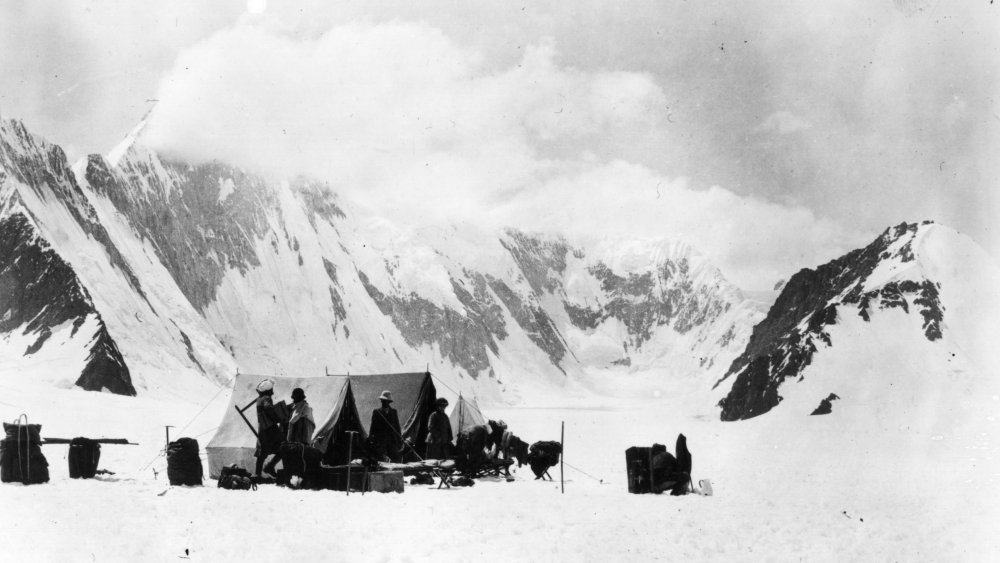Dozens Of Ancient Viruses Discovered In Tibetan Glacier
Science is, and always has been, largely boring. If it were exciting, we wouldn't need hip young teachers to sell kids on molecular geometry or the water cycle. But every once in a while, something extraordinary occurs, and scientists get the chance to break through the membrane of mundanity encompassing their 9 to 5 and really get down to the business of killing us all with their hubris.
Enter a group of researchers from Ohio State University and Lawrence Berkeley National Laboratory, who have released a paper stating that they've extracted a series of 15,000 year-old viruses from the ice of a glacier in Tibet.
Here's the story so far. As reported by Phys.org, way back in 1992, a group of scientists took core samples from a Tibetan glacier. It was a good time year to be doing boots-on-the-ground glacier science, as flannels were very much in vogue. A number of samples were put in cold storage for analysis at a later date. The same happened in 2015, when flannels had come back into fashion. There's a pattern here is all we're saying.
Cold as ice
Today, an in-depth analysis of the samples has yielded 33 groups of viruses, 28 of which have never been observed before. If that all seems a little first-act-of-a-horror-movie, don't you worry. It's all just beginning.
The scientists in question have pointed out that the real threat here isn't their bright-eyed defrosting of ancient swine flu, but the imminent threat of climate change, which is just so them. According to their report, it could be important to find and study potentially infectious microbes trapped beneath the ice for millennia, as continuing destruction of the ice caps could lead to their being released into an unprepared human populace, wiping the evolutionary slate clean in a microscopic Jurassic Park kind of a way.

